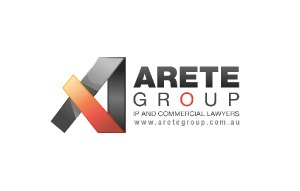
What defines a trade mark?
A trade mark is a commercial indicator serving as a ‘badge of origin’, something distinguishing goods or services of one provider from those of another. In addition to words, pictures or combinations (e.g. logos), trade marks can consist of sounds, smells, colours and shapes. There are also other types of marks such as series marks and certification marks.
Why should I register a trade mark? Can’t it be protected without registration?
Under the law of ‘passing off’, it is sometimes possible to protect an unregistered trade mark through the trading goodwill or reputation which accrues from use over time. The risk is that somebody else will start using it (or similar) for overlapping goods or services before sufficient reputation is established. Enforcement of registered trade mark rights does not require establishing ‘reputation’ in the mark.
I have already registered my business name/company name/domain name – isn’t that enough?
No, because all these systems operate largely independently. The fact that you have established rights under one doesn’t automatically mean you are free to use or register that indicator in relation to the others. Only a registered trade mark grants exclusive rights in the relevant indicator.
What happens after an application is filed?
Usually 10-12 weeks after a trade mark application is filed it is examined. If the examiner is immediately satisfied with your application, it is accepted for publication. If not accepted, the examiner will raise one or more official objections. Depending on what the objections are, they might be overcome by written submissions, at a hearing or on further appeal, in which case the application proceeds but, otherwise, it will go no further. Written submissions are usually provided by a lawyer or trade mark attorney referencing relevant law.
If the application is accepted, it is published for a period of 2 months and, at that point, third parties get a chance to oppose it on one or more of the specified ‘grounds of opposition’. If nobody opposes, or if opposition is unsuccessful, the application can then proceed to registration.
On expiration of the 2 month advertisement period, on payment of the registration fees, the mark is finally registered and a certificate issued. At that point (but not before), you can start using the registered trade mark symbol (the R in a circle) against your mark.
What happens after registration?
You can use the mark for yourself but, equally, you may want to licence it to others (through eg a distribution agreement, sponsorship agreement, trade mark licence) or even sell it (e.g. as part of a sale of business). A law firm, such as ARETE Group, can help you with the relevant licensing documentation. After registration if you find 3rd parties are using your mark in an unauthorised manner, we recommend you immediately contact an attorney or lawyer who specialises in trade mark law.



